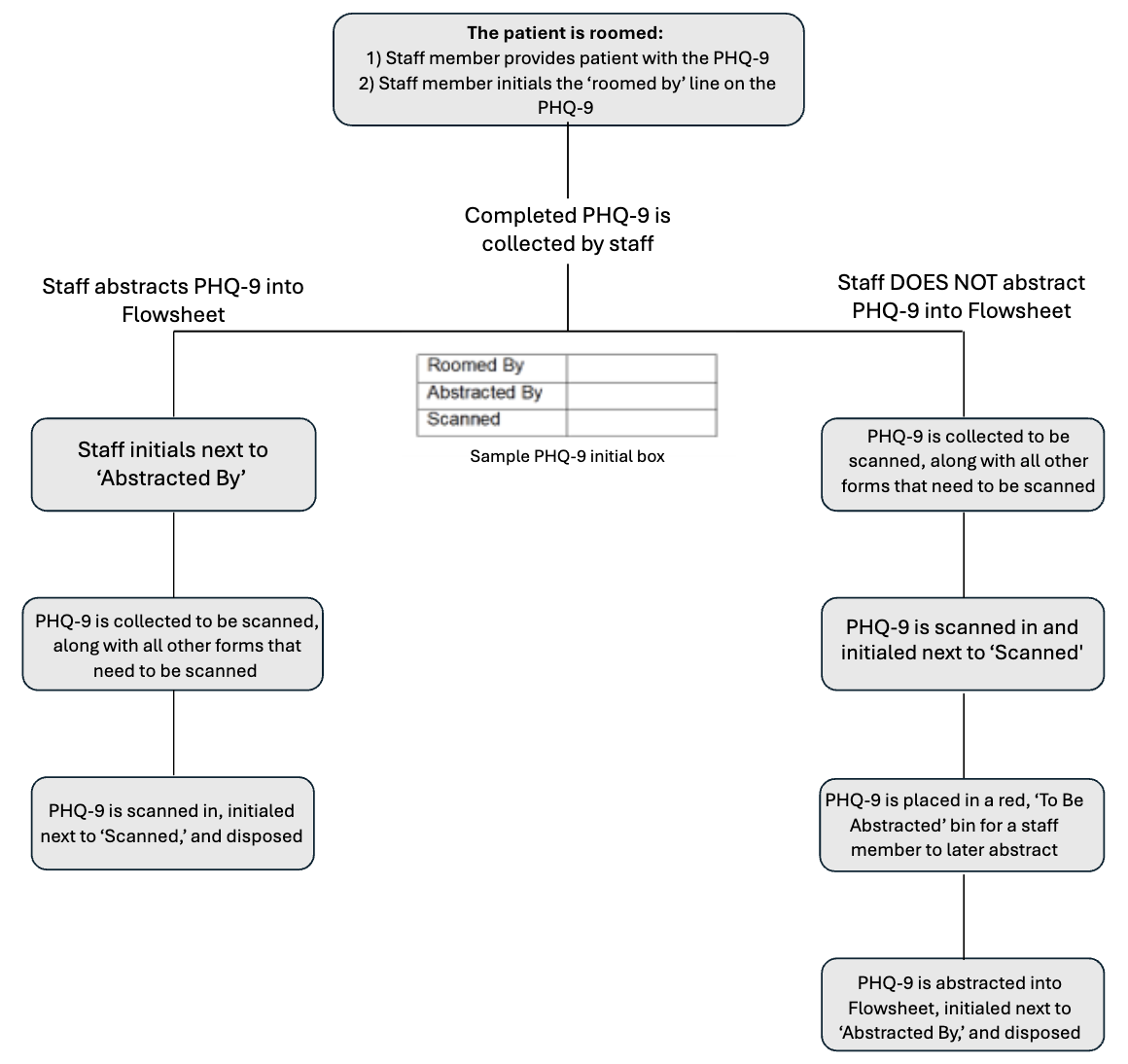Quality Improvement/Patient Safety 2
Session: Quality Improvement/Patient Safety 2
026 - Maximizing Adolescent Depression Screening and Capturing Referral Rates in an Outpatient Pediatric Clinic
Friday, April 25, 2025
5:30pm - 7:45pm HST
Publication Number: 26.5653
Sapna Ramappa, University of California, San Francisco, School of Medicine, San Francisco, CA, United States; Marvin Carlisle, University of California, San Francisco, School of Medicine, San Francisco, CA, United States; Yan H.. Cheng, University of California, San Francisco, School of Medicine, San Francisco, CA, United States; Kaitlyn Crowley, University of California, San Francisco, School of Medicine, San Francisco, CA, United States; K. Jameson. Floyd, University of California, San Francisco, School of Medicine, San Francisco, CA, United States; Seth N. Zupanc, University of California, San Francisco, School of Medicine, San Fransisco, CA, United States; Nanah S. Park, University of California, San Francisco, School of Medicine, San Francisco, CA, United States

Sapna Ramappa, BS (she/her/hers)
Medical Student
University of California, San Francisco, School of Medicine
San Francisco, California, United States
Presenting Author(s)
Background: From 2009 to 2019, national adolescent depression rates in the U.S. increased from 8.1% to 15.8%. With the onset of COVID-19, rates further rose to 25%, underscoring the urgency for primary care clinicians to prioritize adolescent depression screening. Confidentiality concerns have limited the use of electronic Patient Health Questionnaires (PHQ-9) for adolescents. At the UCSF Benioff Children’s Hospital Mount Zion General Pediatrics Clinic, a paper PHQ-9 is used to maintain patient confidentiality and credibility of the patient responses. Yet, these paper responses are often not electronically captured in the electronic medical record (EMR) due to time and staff constraints. Troublingly, 42.6% of all patients due for annual depression screening in the clinic either did not complete a PHQ-9 or have their paper PHQ-9 input into the EMR, both of which are obstacles to identifying, referring, and ultimately providing patients access to needed mental health care services.
Objective: To better screen and treat adolescent depression, we endeavored to increase the completion and electronic abstraction of paper PHQ-9 forms for adolescents due for their annual depression screening from 42.6% to 75% between January and April 2024.
Design/Methods: During an interprofessional clinic meeting, staff developed an intervention to add a section to the upper-left corner of the paper PHQ-9 to record the initials of clinical staff initiating, abstracting, and scanning the PHQ-9 data into the EMR. The individual(s) who room, abstract, and scan the PHQ-9 will place their initials in the respective rows of the box once they complete the task. This intervention will help keep track of the workflow and create accountability.
Results: Since our intervention on March 26, 2024, we exceeded our initial goal of increasing the completion and electronic input of PHQ-9 forms to 75% for all patients irrespective of gender, race, or language. By the end of April 2024, the rate of completion and input of PHQ-9 forms into the EMR was 96%. In every month since April 2024, over 90% of PHQ-9 forms were completed and input into the EMR.
Conclusion(s): This intervention significantly improved PHQ-9 completion and input rates into the EMR while still preserving patient confidentiality. We have initiated discussions with several other UCSF quality improvement leaders to implement this intervention at other clinic sites. Future efforts will be focused on tracking mental health referrals triggered by high PHQ-9 scores to ensure equitable access to subsequent care.
Intervention Workflow
 This flowchart depicts our intervention workflow along with the initial box added to PHQ-9 forms.
This flowchart depicts our intervention workflow along with the initial box added to PHQ-9 forms.Rate of PHQ-9 Completion and Electronic Input
.png) This graph indicates PHQ-9 completion and electronic input rates among all patients due for annual depression screening.
This graph indicates PHQ-9 completion and electronic input rates among all patients due for annual depression screening.Intervention Workflow
 This flowchart depicts our intervention workflow along with the initial box added to PHQ-9 forms.
This flowchart depicts our intervention workflow along with the initial box added to PHQ-9 forms.Rate of PHQ-9 Completion and Electronic Input
.png) This graph indicates PHQ-9 completion and electronic input rates among all patients due for annual depression screening.
This graph indicates PHQ-9 completion and electronic input rates among all patients due for annual depression screening.

